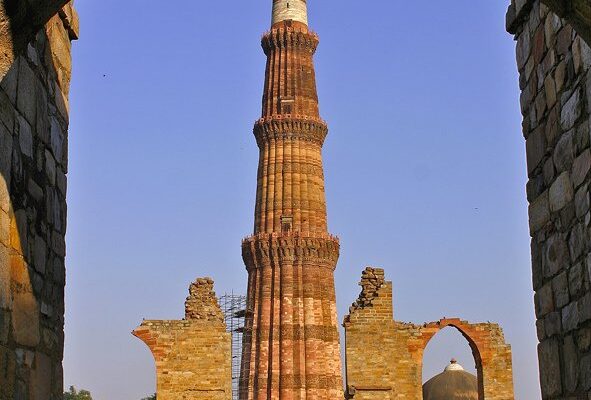Qutb Minar
Qutb Minar, an ensemble of beautiful religious buildings, remains one of Delhi’s most impressive landmarks. These structures date back to the beginning of Islamic rule in India and tell in stone the story of its rise and fall. They were once the heart of the Muslim city.
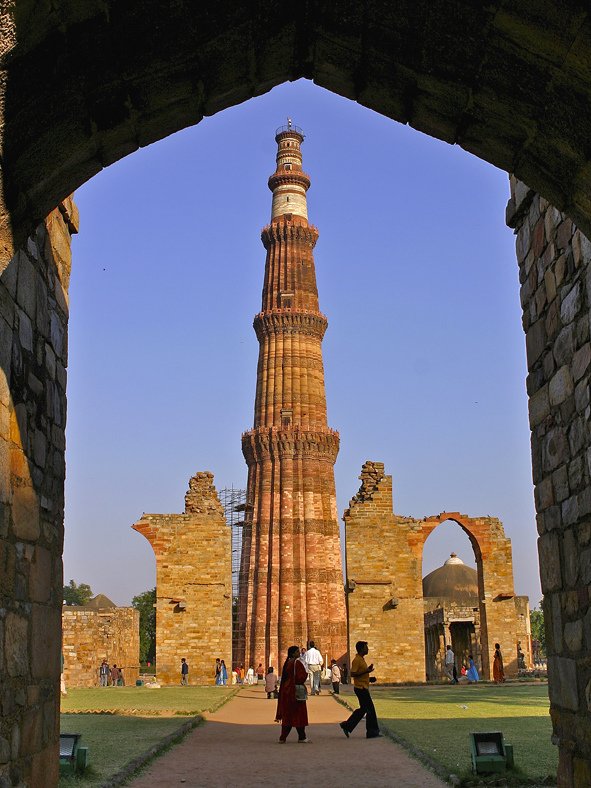
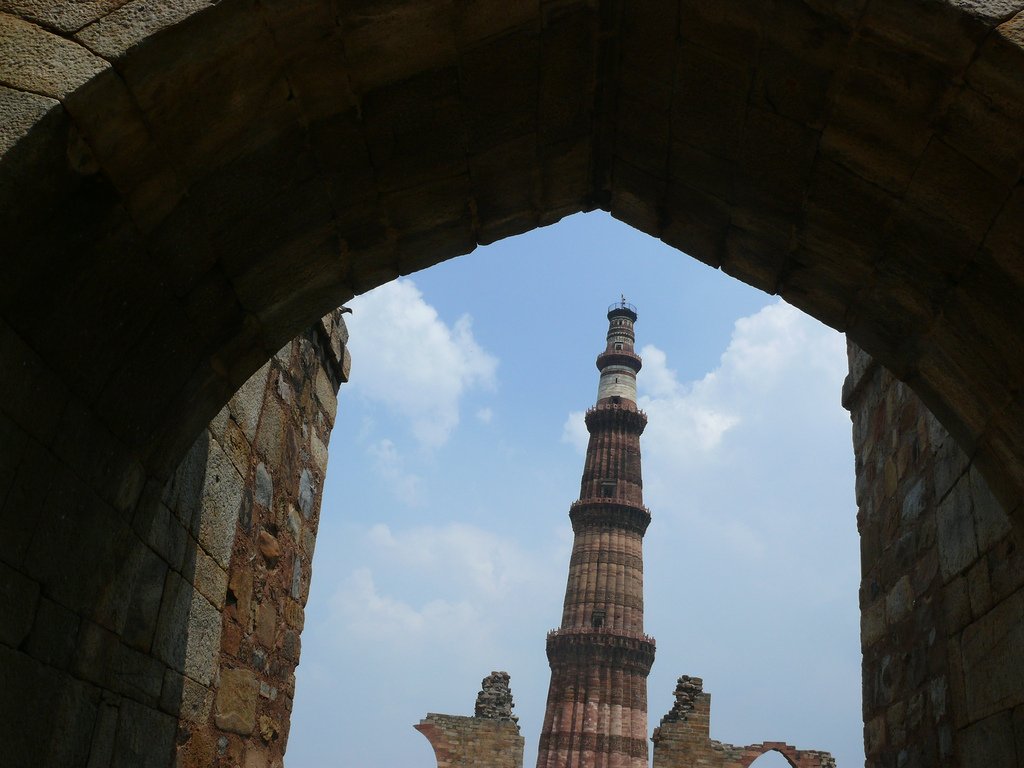
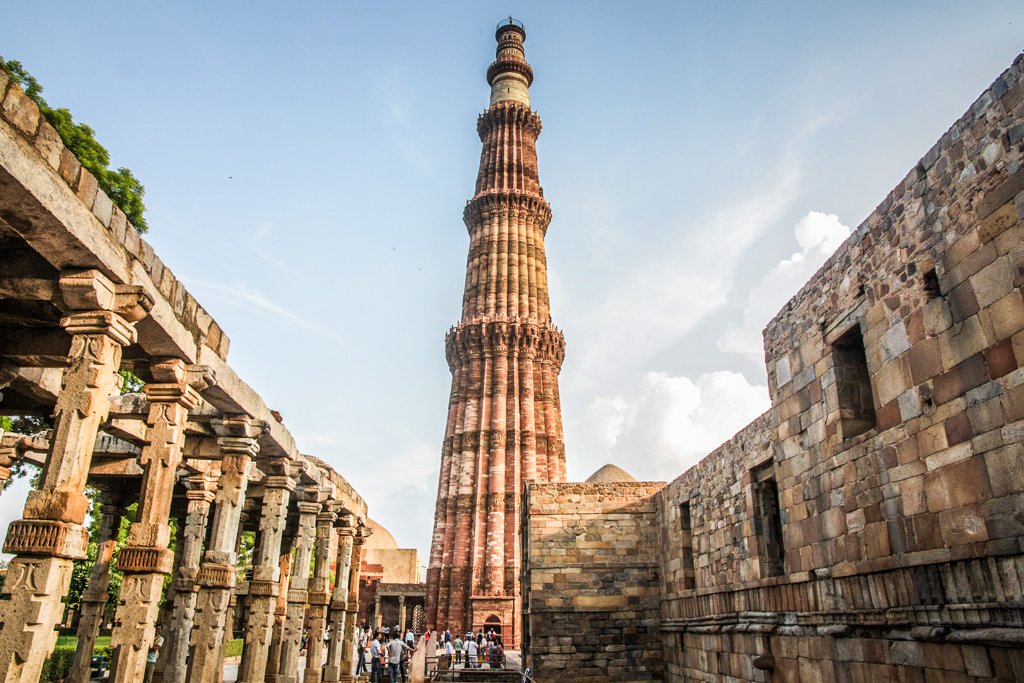
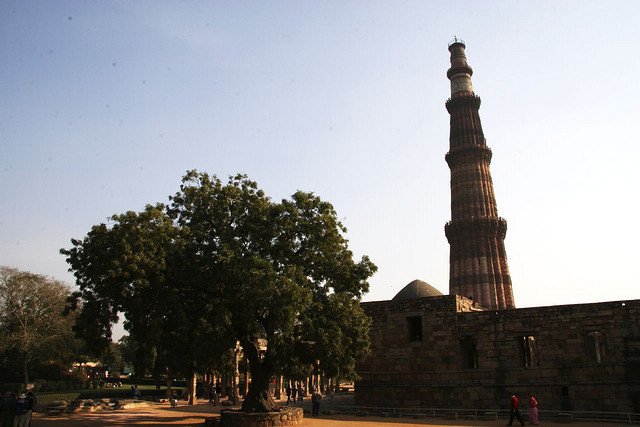
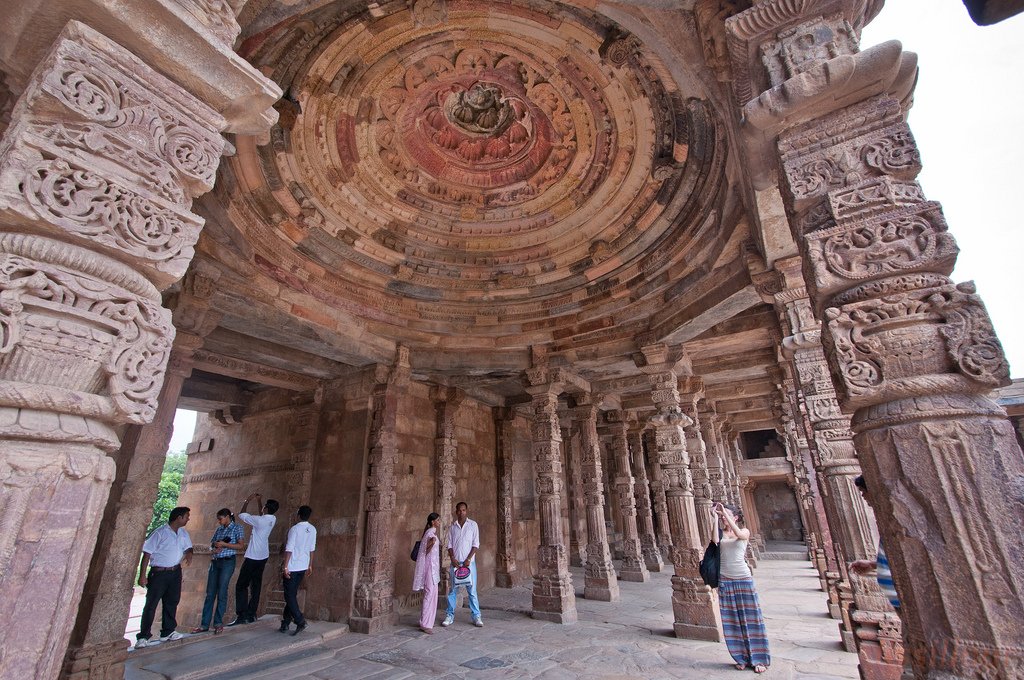
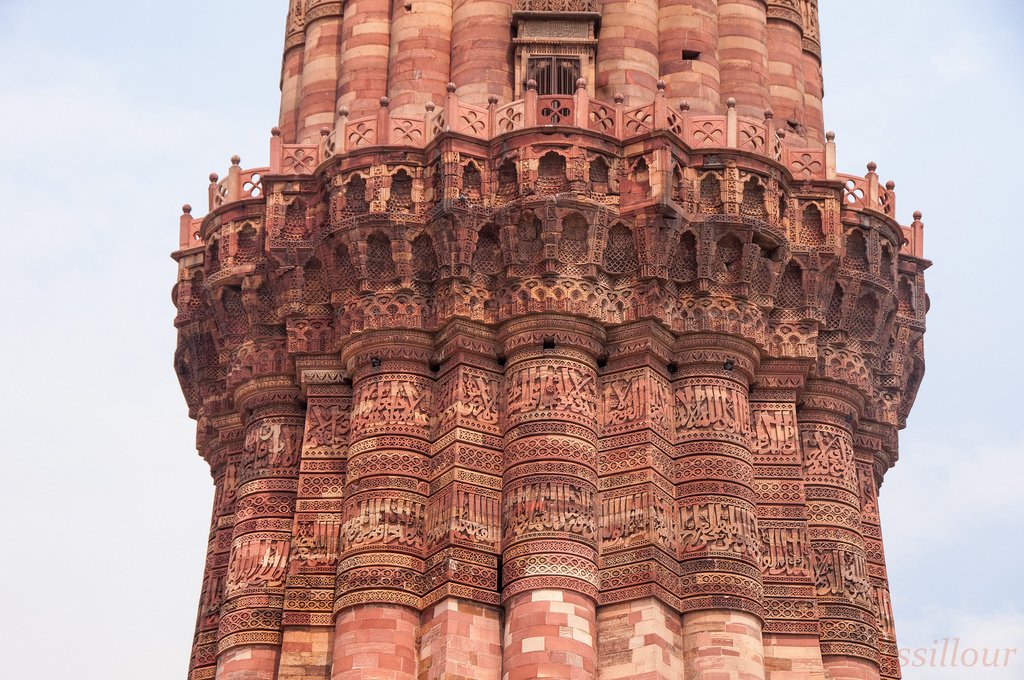
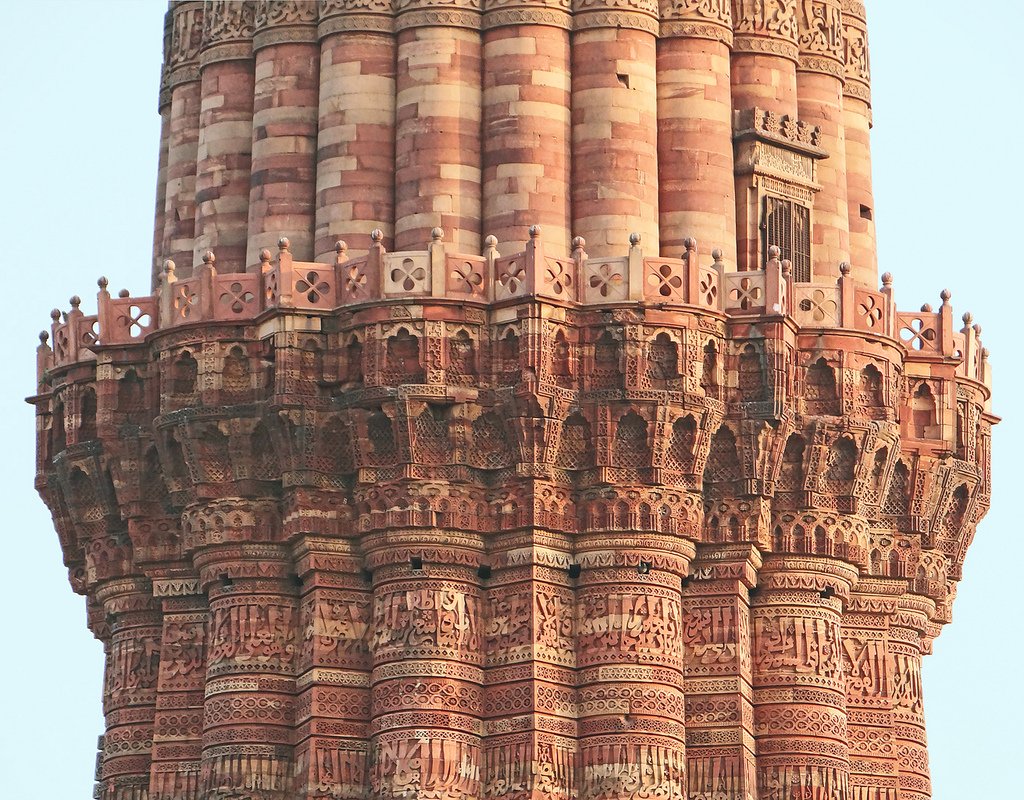
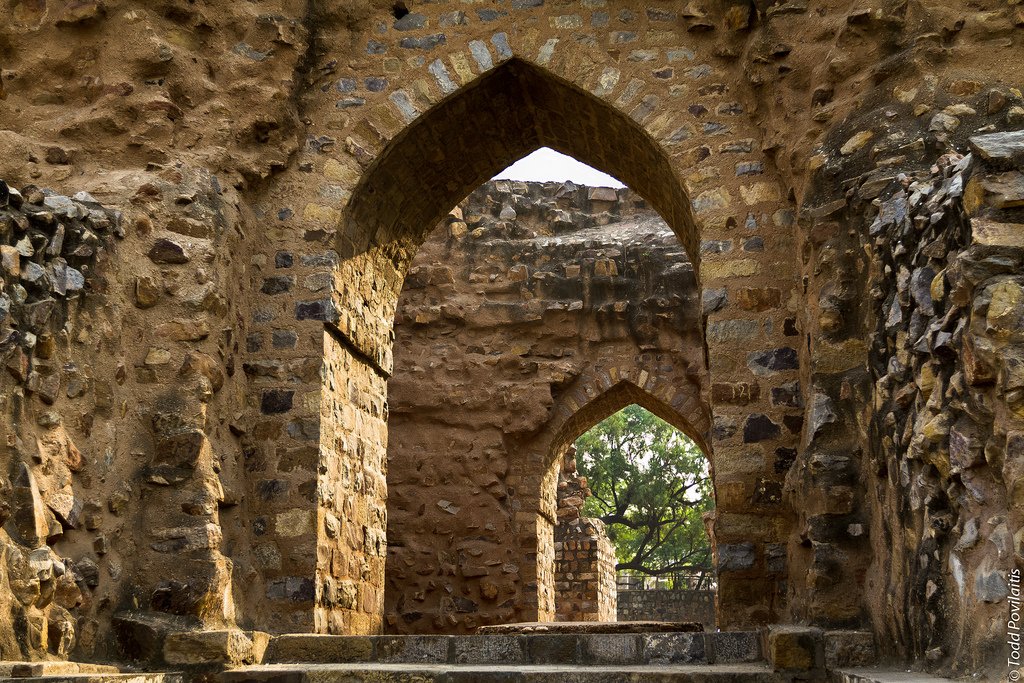
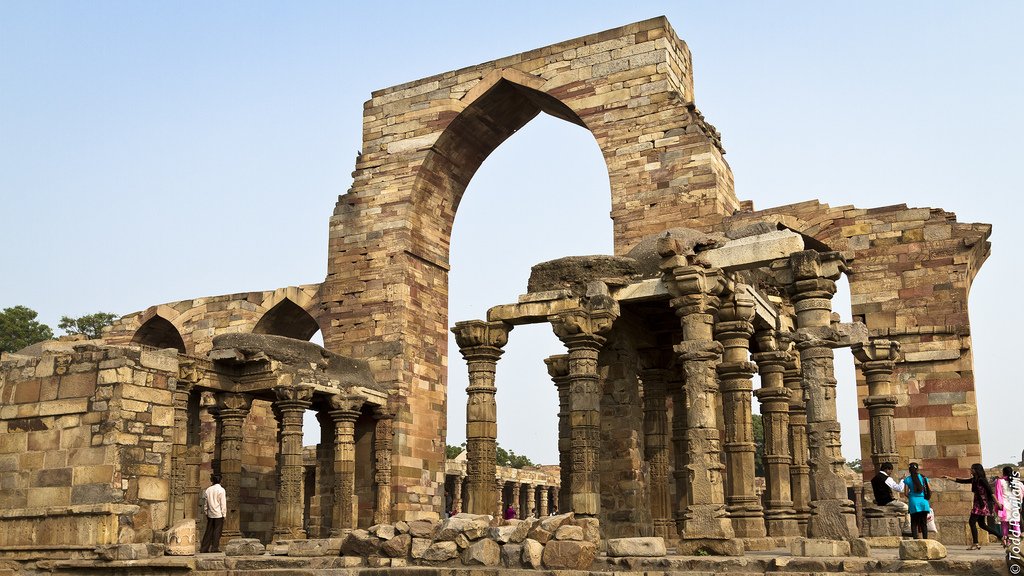
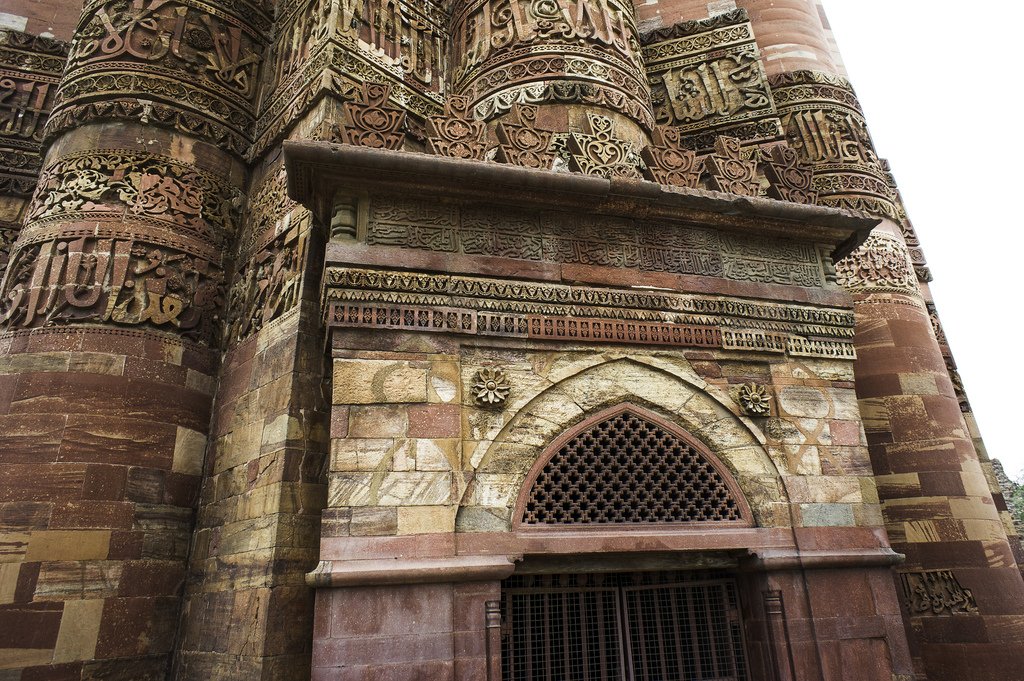
Video: Qutb Minar
General Information
26643856;Indians/foreigners Rs. 10/250, video Rs. 25;open during daylight hours;Qutab Minar
MetroQutb Minar itself is an imposing, stunning tower of victory, very similar to Afghan towers and used as a minaret. Sultan Qutb-ud-din began its construction in 1193, just after the defeat of the last Hindu kingdom in Delhi. The tower is about 73 meters tall and tapers in diameter from 15 m to 2.5 m at the top.
.
The tower has 5 floors and each floor has a balcony. The first three floors are made of red sandstone and the remaining two are made of marble and sandstone. Qutub-ud-din had time to erect only the first floor. His followers continued the construction, and in 1326 lightning struck the tower. In 1368 Firuz Shah restored the upper floors and built the dome. In 1803 the dome was destroyed by an earthquake; afterward another was made in 1829, which was then removed.
.
There is a light show here at night (Indians/foreigners 20/250 rupees; 18.30-20.00). In October/November, there is a Qutb festival here.
.
Remember that Qutb Minar is always crowded on weekends.
.Quwwat-ul-Islam Masjid Mosque
.At the foot of Qutb Minar stands the first mosque built in India, known as the Power of Islam Mosque. It was built in 1193, with various additions at different times. It symbolizes the rise of one religion over another. It was first erected on the ruins of a Hindu temple and, as the inscription above the east gate says, from “27 parts of different temples” – many Indian and Jain elements can be seen in the decoration.
.Altamish, Qutub-ud-din’s son-in-law, surrounded the original mosque with a covered courtyard in 1210-1220
.Iron Pillar
This seven-meter iron pillar in the courtyard of the mosque stood here long before its construction. Six strips of Sanskrit inscriptions indicate that it was built near a Vishnu temple (possibly in Bihar) in honor of Chandragupta II (Chandragupta), who ruled from 375 to 417
.It is still a mystery how it was made, as its iron is of amazing purity. Scientists have not yet determined how such iron, which has not rusted in 2,000 years, can be obtained with modern technology.
Alai Minar.When Ala-ud-din was completing the mosque, he envisioned an even grander structure. He wanted to build another victory tower, just like Qutb Minar, but twice as big! By the time of his death, 27 meters had already been built, but no one wanted to continue this too audacious project. The unfinished tower still stands to the north of Qutb Minar.
.Other sights
The graceful Alai Darwaza (Alai Darwaza Gate) adorns the main entrance to the complex. They were built of red sandstone in 1310 on the north-west side of Qutb Minar. The tomb of Imam Zamin is next to the gate, and the tomb of Altamish, who died in 1235. – in the northwest corner of the mosque. The heavily destroyed madrasa of Ala-ud-din is located at the rear of the complex.
.
There are several summer palaces and tombs of the last kings of Delhi who came after the Mughals. The empty space between two tombs was left for the last king of Delhi, who died in Yangon, Burma in 1862, exiled for his involvement in the first war of independence in 1857.
Contents